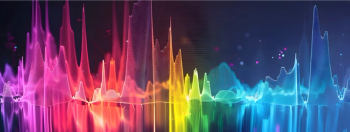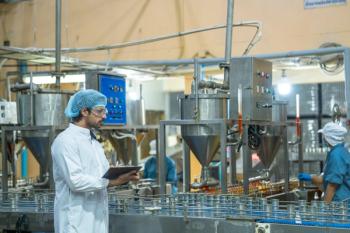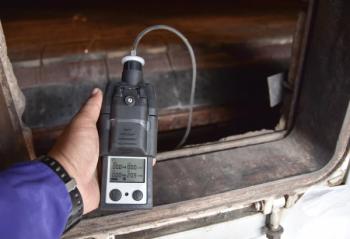
Is Raman Spectroscopy Ready for Clinical Use?
Recent reports of the successful use of Raman spectroscopy for important biomedical applications are quite exciting. These applications include imaging for disease diagnosis, including significant improvements for endoscopic probes, and identification of microorganisms. But is it truly practical and feasible to implement Raman technologies in a clinical environment?
Recent reports of the successful use of Raman spectroscopy for important biomedical applications are quite exciting. These applications include imaging for disease diagnosis, including significant improvements for endoscopic probes, and identification of microorganisms. But is it truly practical and feasible to implement Raman technologies in a clinical environment? We asked a panel of Raman experts to weigh in.
Heinz W. Siesler, a professor at the University of Duisburg-Essen, said that the implementation of these technologies as routine tools would likely be very slow. “The promises in various ads are too optimistic,” he said.
Juergen Popp, a professor of physical chemistry at Friedrich-Schiller University Jena and the Leibniz Institute of Photonic Technology Jena, had a more positive outlook on the work being done in this area, which is the focus of his research group. He has observed an enormous increase in the development and application of Raman-based approaches to address biomedical questions. “The ability to obtain specific chemical information label-free makes Raman spectroscopy attractive for many applications in clinical diagnostics of bodily fluids, pathogens, cells, and tissue biopsies,” he said. “I am absolutely convinced that Raman spectroscopy might be the solution for many clinical challenges that have unmet medical needs, for example, in the early detection of cancer.”
As another example, Popp mentioned the significant progress made toward the application of Raman spectroscopy as a point-of-care test for the fast identification of pathogens (such as sepsis-causing pathogens) and the determination of their antibiotic resistances. “Overall, I am sure that a few years from now we will see the first Raman approaches as standard diagnostic or therapeutic tools in daily clinical practice,” he said.
Zachary D. Schultz, an associate professor of chemistry and biochemistry at the University of Notre Dame, agrees that nonlinear Raman techniques have a lot of potential in the biomedical imaging community. “The label-free, video-rate images that are obtainable may have a tremendous impact on identifying cancerous tissue or other abnormalities,” he said.
“In respect to identifying microorganisms, rapid assays based on surface-enhanced Raman scattering [SERS] are really starting to make an impact,” Schultz said. He explained that applications identifying tuberculosis, flu viruses, and other pathogens have all been demonstrated already. “Handheld Raman instrumentation may make these assays highly portable and inexpensive,” he said. Schultz also said that work with high-throughput detection with moving fluids, such as chromatography, flow injection analysis, and microfluidic approaches, is another important advance for clinical environments. “I think Raman has an important future in the biomedical community,” he concluded.
Gary Johnson, a research Chemist at Intertek, added a caution, however, noting that the primary challenge in applying Raman to clinical use lies in data analysis and interpretation. “Considerable care is needed to avoid misdiagnosis, especially when using chemometric methods that don’t rely on well-defined spectral features,” he said.
_______________________________
This article is an edited excerpt of “
The article is part of a special group of six articles covering the state of the art of key techniques, also including infrared
.
Newsletter
Get essential updates on the latest spectroscopy technologies, regulatory standards, and best practices—subscribe today to Spectroscopy.





